Disaster Reconstruction Monument in Takamori Town (2)
Last year, I wrote an article about Reconstruction Monument in Takamori Town.
I am talking about the stone monument that stands on the grounds of the Takamori Town Folk Historical Museum.
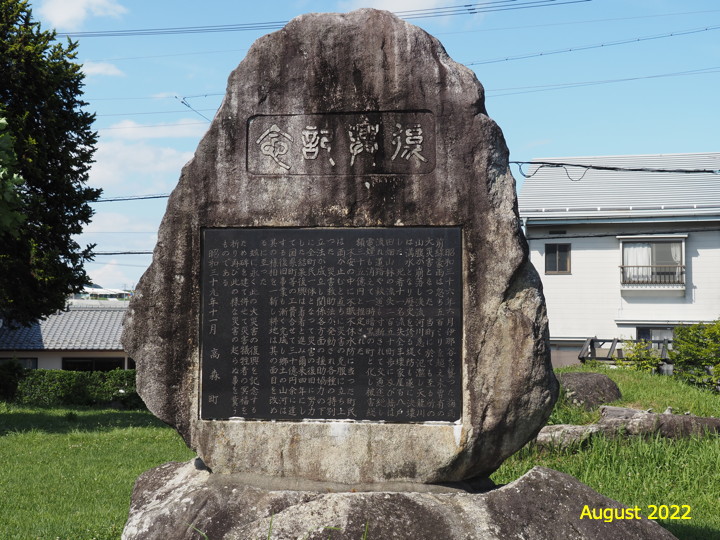
This photo was taken last year.
The “Sabroku Disaster" occurred in June 1961 when torrential rains caused river overflows, mudslides, and landslides in the Ina Valley (Saburoku means 36. The year 1961 is Showa 36, so they call it with the year’s number. )
This stone monument was erected in 1964 to commemorate the reconstruction of the area.
As linked in the previous article, at that time I looked at the GSI’s “Monuments to the Lore of Natural Disasters" and learned that there were other monuments and memorials erected in Takamori Town to commemorate the recovery from the Saburoku disasters.
This time, I had a chance to see one of them and would like to introduce it.
It is located near Hagiyama Shrine in the Shimoichida district. Please see the map for the location of the monument in relation to the previous one. The former Shimoichida School, which I visited before, is also located nearby.
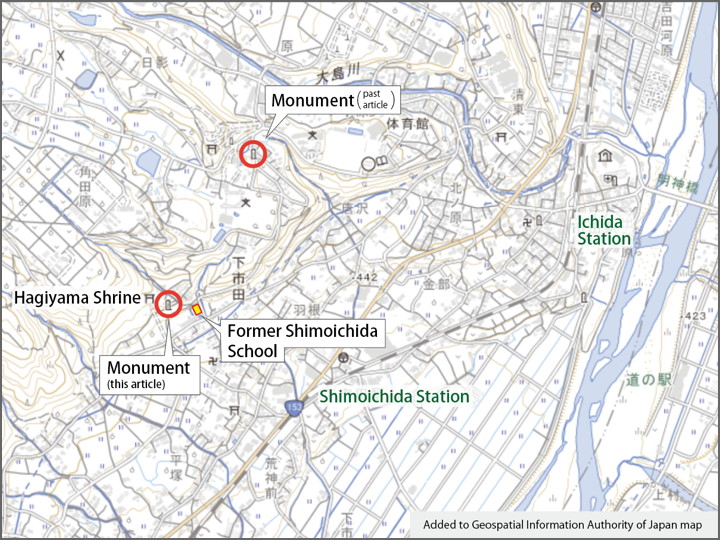
Hagiyama Shrine was founded at the end of the 12th century, although the current building was constructed in 1633. During the Sabroku Disaster, the main hall collapsed due to a collapse of the mountain behind it during the Sanroku Disaster. It was disassembled and restored the following year.
The monument I wanted to visit was not on the stone steps, but to the right.
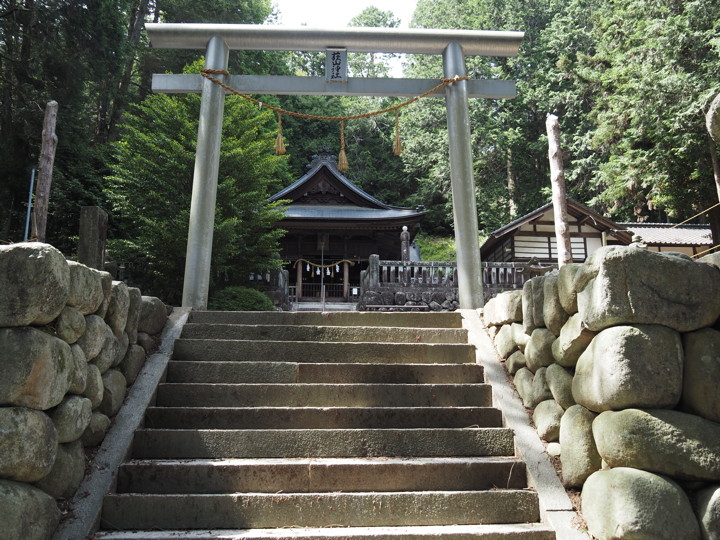
There was a monument to commemorate the recovery from the disaster.

The side of the monument. The small black marker on the side was the name of the stone dealer.
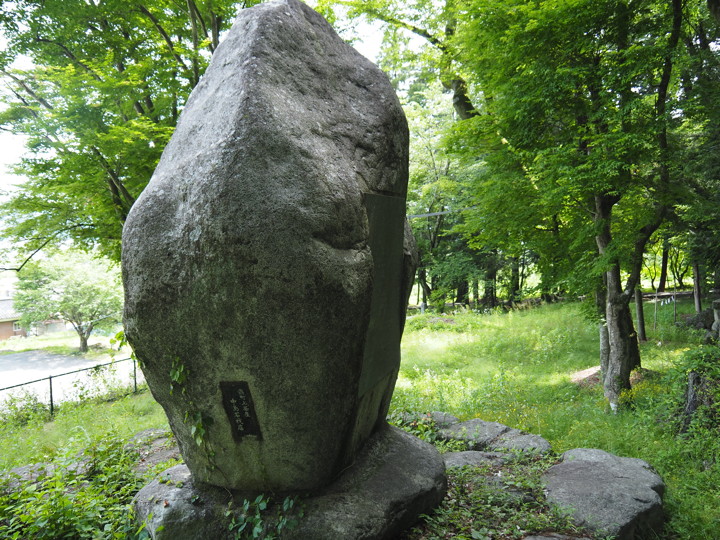
Let’s take a look at the description of the monument on the back.
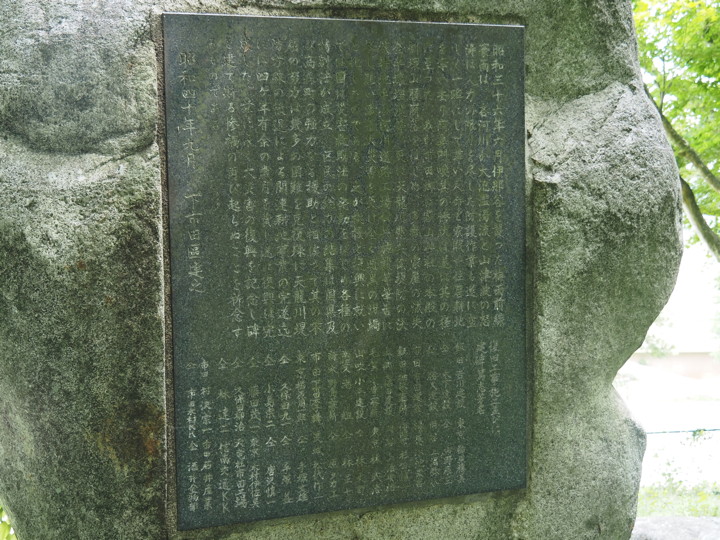
In June 1961, a torrential downpour from the rainy season front hit the Ina Valley, causing rivers to overflow and mudslides to occur. The devastation was so terrible that even the best efforts of people to protect themselves were in vain, and in an instant precious human lives, properties, houses, and arable land were lost. In our Ichida area, the main building of Hagiyama Shrine collapsed, the hill behind the shrine collapsed, and many houses were swept away, half destroyed, or buried. In addition, the Sobei embankment of Tenryu-gawa River collapsed, causing indescribable damage to small and medium-sized rivers, roads, factories, and public facilities. For relief and reconstruction, the government enacted the Disaster Relief Law and various other special laws. With the assistance of the national and prefectural governments, and the concerted efforts of the residents of the district, efforts were made to overcome the difficulties. It took four years to complete the improvement of arable land because the Tenryu-gawa River embankment had receded, but reconstruction was finally completed. A stone monument was erected here to commemorate the recovery from the catastrophe and to pray that the disaster will not happen again.
September 1965: Erection of this monument by Shimoichida District
(At the bottom of the description is a list of companies and people who contributed to the restoration work and the erection of the stone monument.)
The stone monument seen in the previous article was erected by Takamori Town, but this one was built by Shimoichida District.
This diagram is based on a diagram in the “History of Takamori Town, Vol. 2" (1975), to which I have added my own writing.
The area inside the red line is the Shimoichida District.
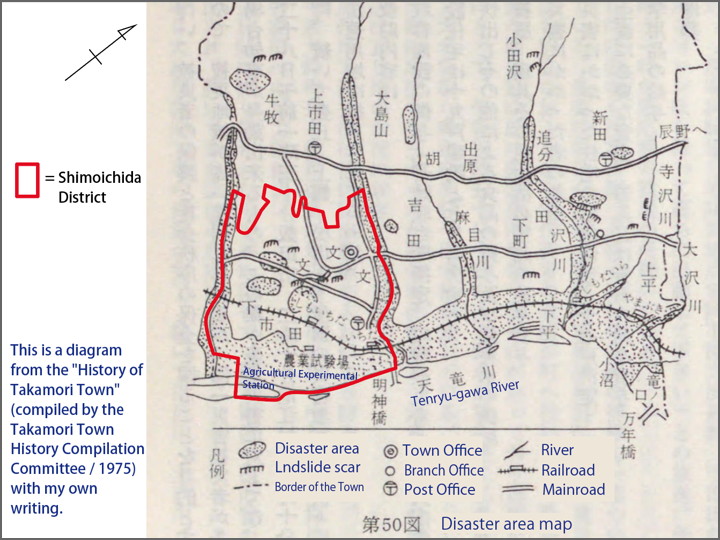
Shimichida District is bounded on the south by the Minami-Oshima-gawa River and on the north by the Oshima-gawa River, both of which overflowed. Five landslides are shown on this map in the Shimoichida District alone.
The Agricultural Experiment Station located in the district also suffered damage (just in the facility itself), including 162 ares of paddy fields, 24 ares of residential land, 10 buildings, agricultural machinery, and many other items.
After the disaster, the levees along the Tenryu-gawa River were set back, and the rice paddies along the river had to be rearranged.
In Takamori Town, there are other stone monuments related to the Sanroku Disaster: “Disaster Reconstruction Memorial" (at the Shimoina Kosei Hospital site) and “Land Improvement Memorial" (near the Tenryu River). A “Cenotaph" has been erected in the Oiwake area where the victims died, and I would like to check it out next time.
From near the monument, I could see the old Shimoichida School building but I have yet to go inside.
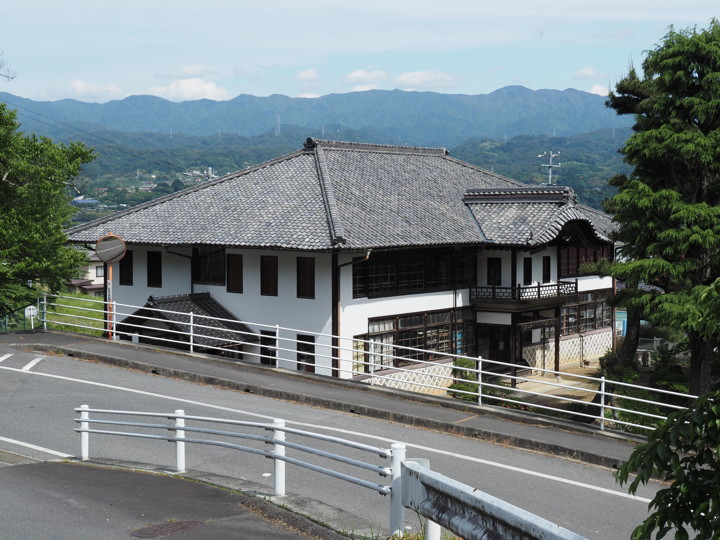
[Reference] (written in Japanese)
“History of Takamori Town, Vol. 2" (Compiled by Takamori Town History Compilation Committee / Takamori Town History Publication Association / 1975)
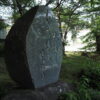
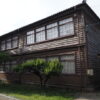
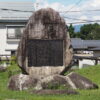
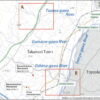
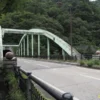
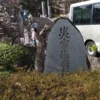
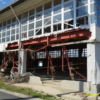
Discussion
New Comments
No comments yet. Be the first one!